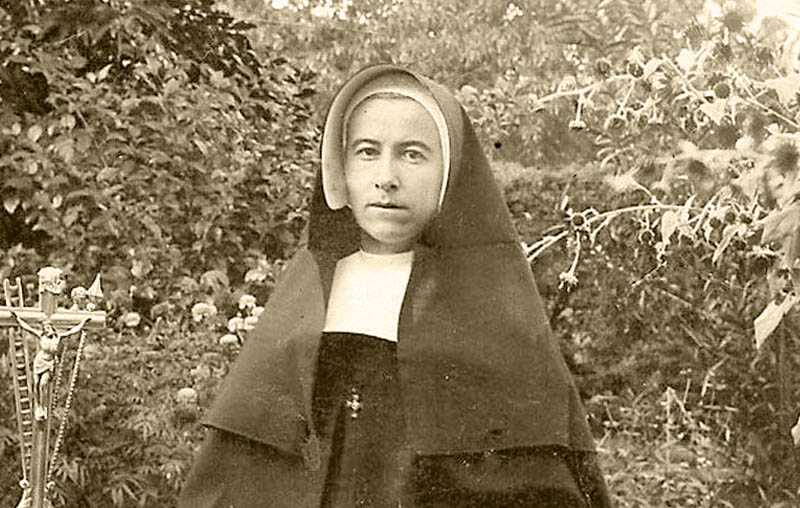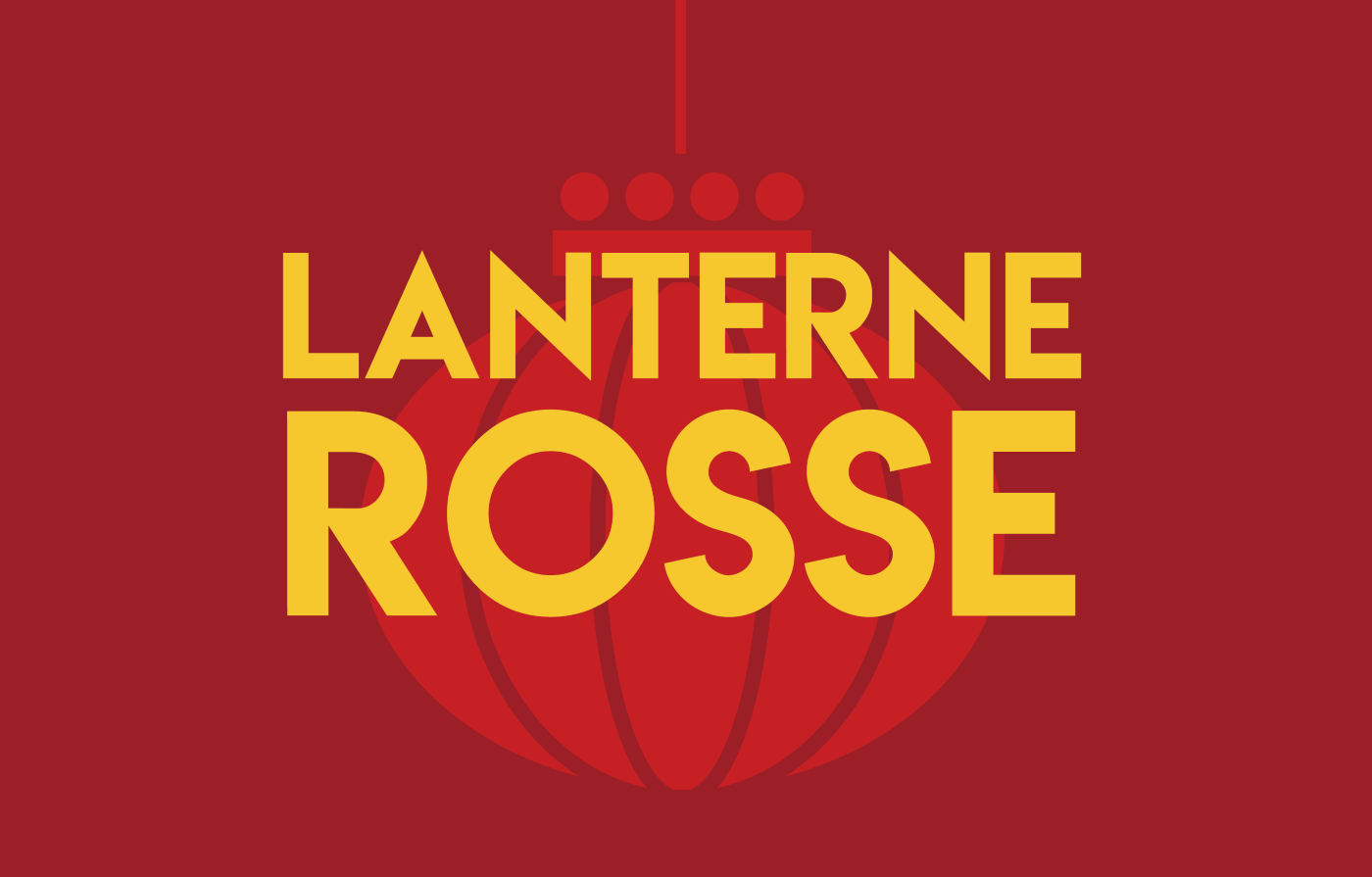Heroic virtues for Sr Mary Glowrey, the first nun to practise medicine among the poor in India
Leo XIV authorised the promulgation of the decree recognising the Australian missionary as venerable, the first step toward beatification. In 1920, she obtained a special papal dispensation to overcome a canonical rule that prevented nuns from practising medicine. She also founded the Catholic Health Association of India in 1947, which now serves 21 million patients annually in its facilities.
Vatican City (AsiaNews) – The first nun to practise medicine in the history of the Church could soon be beatified.
One of the decrees by the Dicastery for the Causes of Saints whose promulgation Pope Leo XIV authorised today in an audience with the prefect, Cardinal Marcello Semeraro, refers to the heroic virtues of Sister Mary Glowrey (1887-1957), an Australian missionary who pioneered medicine among the poor of India, where she also established the Catholic Health Association of India, a network of Catholic healthcare institutions that remains at the forefront of service to everyone in this vast country.
As of today, she becomes venerable in the Church's eyes, taking the first step toward the glory of the altars.
Mary Glowrey was born in 1887 in Birregurra, in the Australian state of Victoria, to a family of Irish immigrants.
Raised in a rural setting, she received scholarships to enter secondary school and the University of Melbourne, where she graduated in 1910 with a degree in medicine, at a time when many still considered the medical profession unsuitable for women.
In 1916, Mary became the first general president of the Catholic Women's Social Guild (now the Catholic Women's League of Victoria and Wagga Wagga).
Specialising in ophthalmology, she became a respected doctor in Melbourne, but after reading the biography of Agnes McLaren (1837-1913), a Scottish medical pioneer who converted to Catholicism, she decided to follow in her footsteps, abandoning her career to follow a vocational calling that pointed to India as her missionary destination.
Agnes McLaren, on a visit to Rawalpindi, realised the importance of having female doctors in a place like India, where local customs prevented them from consulting male doctors. However, she had to contend with a requirement of canon law that at the time barred nuns from practising medicine.
Mary Glowrey chose to take up this challenge, and in 1920, she obtained a special dispensation from Pope Benedict XV, thus becoming a pioneer in this type of service.
After moving to modern-day Andhra Pradesh, she entered the Congregation of Jesus, Mary, and Joseph, established in Guntur in 1904, taking the name Sister Mary of the Sacred Heart.
In that mission, which had prayed for years for a doctor, she began her 37 years of uninterrupted service to the sick of India.
The simple infirmary where Sister Mary began her medical mission in Guntur grew to become St. Joseph's Hospital.
She provided direct medical care to hundreds of thousands of patients, mostly poor women; and trained local women to become dispensary assistants, midwives, and nurses.
In 1943, she founded the Catholic Health Association of India (CHAI), a network now comprising of 3,572 Catholic healthcare and social service institutions across India that each year serve more than 21 million people, regardless of religious affiliation.
In Bengaluru (Bangalore), a large city in modern-day Karnataka where Sister Mary died of cancer in 1957, St. John's Medical College Hospital (founded in 1963), the Catholic teaching hospital this healthcare pioneer dreamt about, has trained generations of doctors for more than 50 years.
The recognition of Sister Mary Glowrey's heroic virtues is therefore an important day for India’s Catholic community, which sees the recognition of service to the entire local community as a path to sainthood.
At the same time, the Australian Church is also rejoicing, seeing another woman born in the country approach beatification after Sister Mary MacKillop, the first saint in its history, proclaimed by Benedict XVI in 2010.
This milestone now requires only the formal recognition of a miracle brought about through her intercession, among the many graces that generations of the sick have invoked from the nun who, from her small infirmary in Guntur, gave hope to millions of sick people in India.
22/06/2023 20:47
27/04/2016 14:07







.png)










